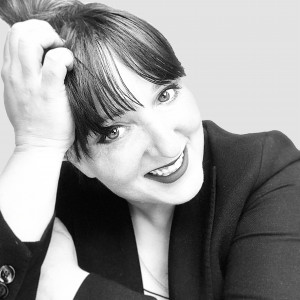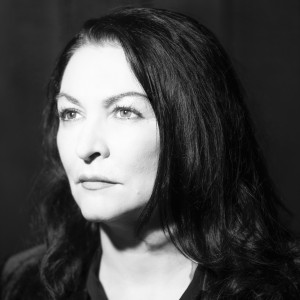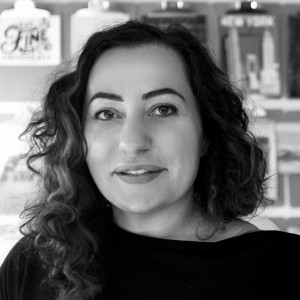In our projects, there are no eccentric shapes or brand-new materials. We believe that each shape is naturally formed from the functions required for each space and the existing environment, and we believe in the creativity of the form of the space derived in this way. Also, many projects use universal materials, for example, wood, stone, plastering materials and tiles.
Of course, we also use new materials, but if there is no reason to dare to use such materials, we often select universal materials. This results in a stable and sustainable space that is not affected by times or trends. Then, keeping in mind the goals that the client wants to achieve, we seek out materials and shapes that appreciate the environment and challenges of the location. And by controlling it thoroughly down to small details, we believe that we can create an innovative unique space result.
We also believe in the importance of harmony throughout the space. Each material, function and shape, lighting and other equipment, and even details, are not just one of them, but the relationship between them is what makes a space beautiful. It is, above all, a harmony that is established by including the atmosphere and philosophy of the client standing within that space. Otherwise, there is a possibility that the design will become one-sided and forced.
Our approach is very simple. But we believe it is important and beneficial to implement this philosophy consistently, no matter the place or time. This philosophy has remained unchanged as the studio’s basic approach for the past 20 years since its establishment, but we believe that it is an important value and approach that is both primitive and even more sought after today when spaces for a sustainable society that are not consumption-oriented are required.
We are a small interior design studio based in Fukuoka and Tokyo, Japan with about 10 members. The three main directions of the company’s operation are to remain as varied as possible in terms of the purpose, scale, and nationality of the projects we take on, keep the number of staff members from increasing excessively, and ensure appreciation of design timeframes.
First of all, we avoid situations where the staff’s well-being is reduced by maintaining as much time as possible for design, even though the demands of some design projects sometimes call for excessively short design timelines. This is at the same time the antithesis of a society that pursues extreme economics and efficiency.
Second, by controlling the number of staff members, it is possible to maintain the quality of the design. Finally, and most importantly, we try to keep variations in project size, use, and nationality as unlimited as possible. This allows the firm to spread the risk of being affected by social issues, such as the COVID-19 issue, while at the same time allowing members to sense the diversity of society through their designs and share their learnings.













___cover_1124_750-thumb.jpg)







